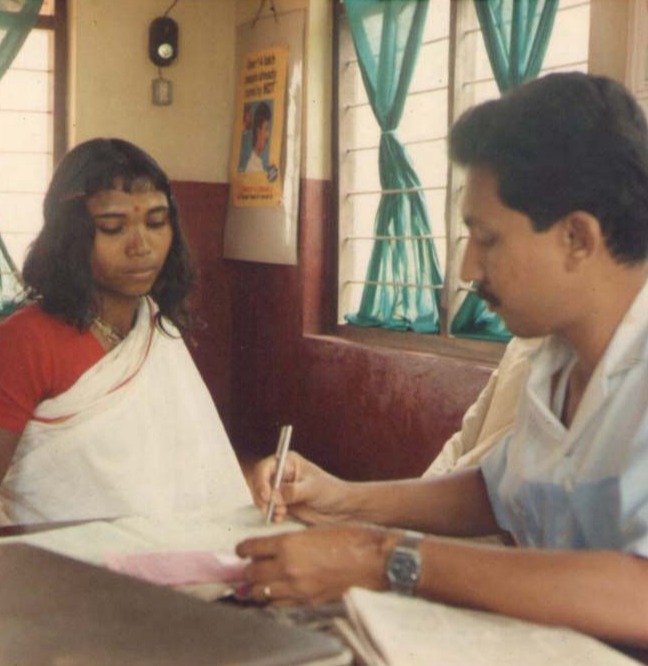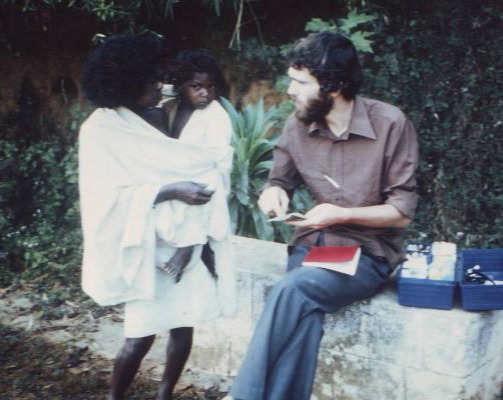
A crumbling Medical Care
Medical care was utterly lacking in the area, even for the simplest of ailments. An outpatient facility and dispensary were built at Ambalamoola on land provided by the Tamil Nadu Government. The clinic soon gained the trust of Tribal patients from far and wide, and a 12 bedded in-patient facility was added in 2000. Additionally, medical camps and health education was conducted in remote villages. The fieldwork of this kind continues to this day.
From time to time new health issues emerged. For example, in some villages in the 1980s, a high prevalence of Leprosy was found. This led to the training of a Tribal team that conducted comprehensive surveys, enumeration and treatment programmes. Tuberculosis remains a persistent challenge. In cooperation with the Indian Government, NWTWS controls TB through detection, health education programmes, surveys and intensive therapies.


